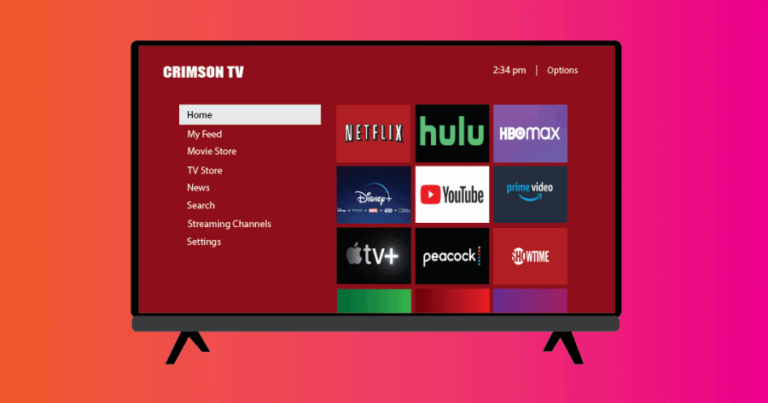In the last decade, the entertainment landscape has undergone a seismic shift, moving from traditional broadcast and cable television to digital streaming platforms. This transition has not only changed how content is consumed but has also reshaped the production, distribution, and economics of the film and television industry. The rise of streaming platforms like Netflix, Amazon Prime Video, Disney+, Bflix, and Hulu represents a significant evolution in media consumption, offering audiences unprecedented access to a vast library of content at the click of a button. This article delves into the factors driving this shift, the impact on traditional media, and what the future may hold for streaming.
The Drivers of Change
Technological Advancements
The foundation of the streaming revolution lies in technological advancements. Increased internet speeds and the ubiquity of smartphones and smart TVs have made streaming content more accessible. These technologies have allowed consumers to watch their favorite shows and movies anytime, anywhere, fundamentally changing viewing habits.
Consumer Preferences
Today’s viewers value convenience and flexibility, preferring to watch content on their schedule without the constraints of a broadcast timetable. Streaming platforms cater to this demand by offering entire seasons of shows available for binge-watching, a stark contrast to the weekly release model of traditional TV.
Original Content and Exclusive Deals
Streaming platforms have heavily invested in original content, attracting high-profile talent and securing exclusive streaming rights to popular films and series. This strategy differentiates them from competitors and traditional cable and broadcast networks, offering unique content that can’t be found elsewhere.
Impact on Traditional Media
Cord-Cutting Phenomenon
The rise of streaming services has led to the so-called “cord-cutting” phenomenon, where viewers cancel their traditional cable subscriptions in favor of streaming services. This trend has prompted cable companies to rethink their business models, with many offering streaming platforms or bundles to stay relevant.
Changing Revenue Models
Streaming platforms often operate on a subscription-based model, offering ad-free content in exchange for a monthly fee. This model contrasts with the ad-supported revenue model of traditional television, challenging advertisers to find new ways to reach audiences. Some platforms like Bflix, UWatchFree, and many more offer free services.
Global Reach
Streaming services have made it easier for content to reach a global audience, breaking down the geographical barriers that once limited distribution. This global reach has not only expanded the audience for content creators but also introduced viewers to foreign films and series, promoting cultural exchange.
The Future of Streaming
Competition and Market Saturation
As more companies launch their streaming services, the market is becoming increasingly saturated. This intense competition may lead to consolidation in the industry, where only the platforms with the most compelling content or unique value propositions survive.
Challenges and Opportunities
The proliferation of streaming platforms presents challenges, such as the fragmentation of content across multiple subscriptions, which could lead to subscription fatigue among consumers. However, it also offers opportunities for niche platforms that cater to specific interests or demographics, providing tailored content that appeals to distinct audiences.
Technological Innovations
The future of streaming may also see further technological innovations, such as the integration of virtual and augmented reality experiences, offering even more immersive ways for viewers to engage with content.
Conclusion
The rise of streaming platforms has fundamentally transformed the entertainment industry, offering both challenges and opportunities for content creators, distributors, and consumers. As we move forward, the landscape will continue to evolve, shaped by technological advancements, changing consumer preferences, and the creative ambitions of those who bring stories to life. In this new era of entertainment, the power of choice is firmly in the hands of the viewer, heralding a more personalized, convenient, and diverse viewing experience than ever before.

